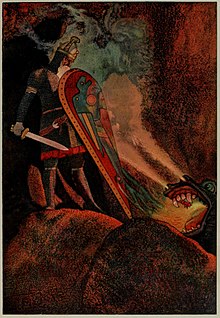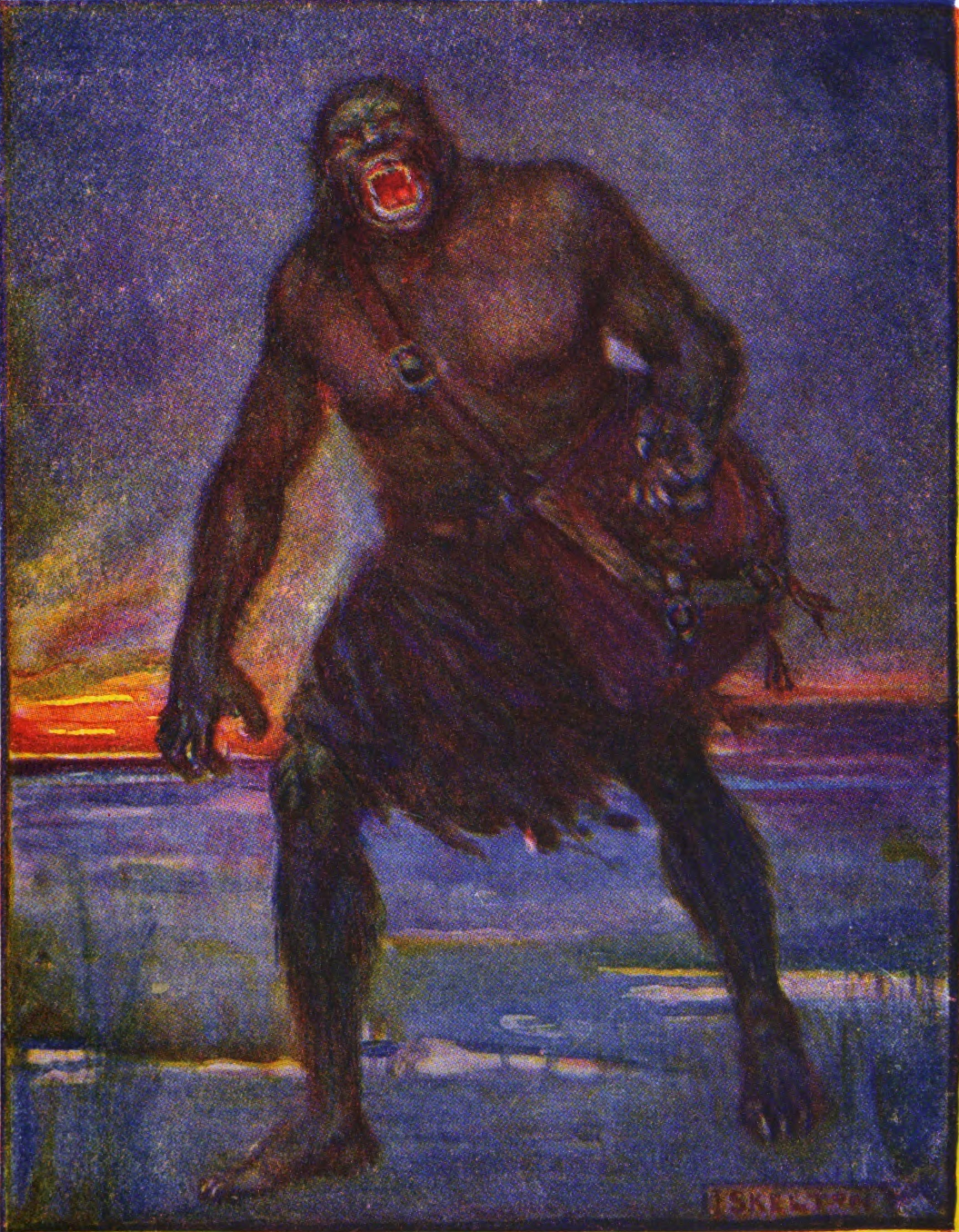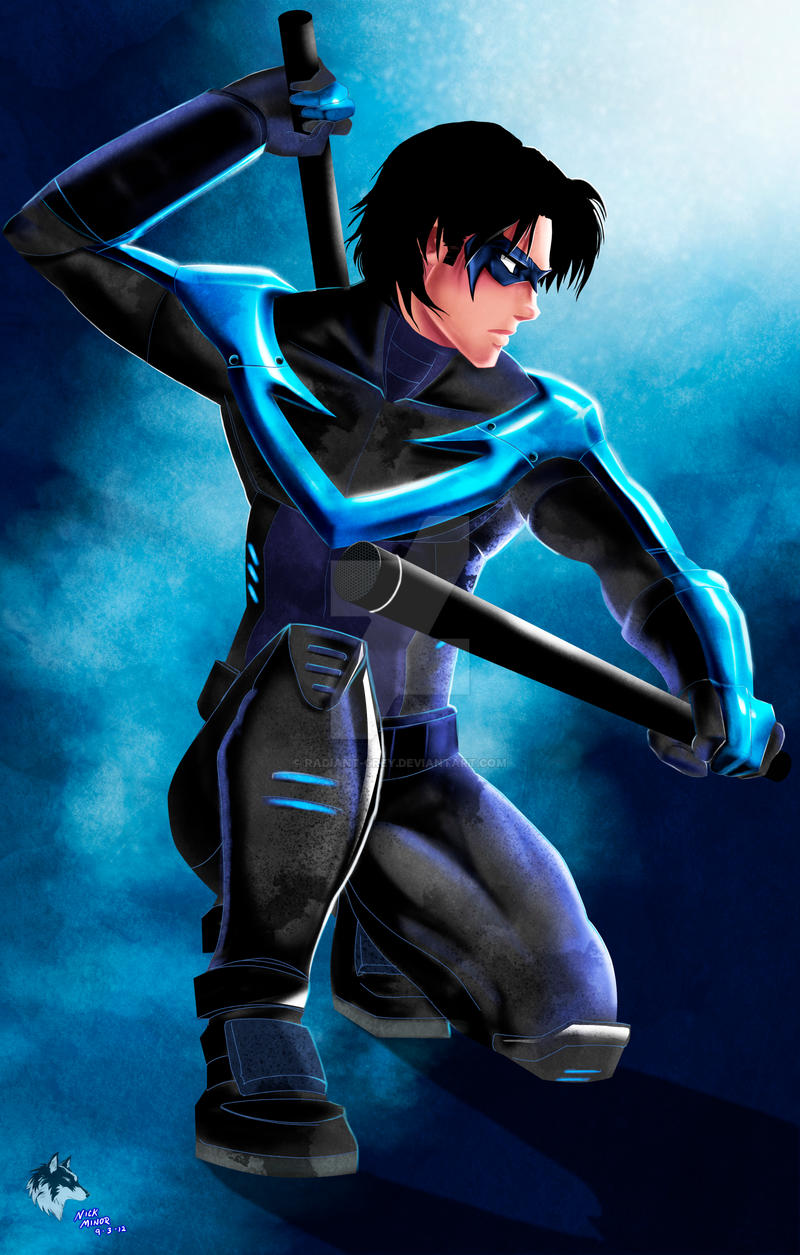"At last, the gates of Valhalla open to me.
Rise, warrior! Rise! Honorably I must be defeated.
I cannot let up."
 |
| Samurai Jack confronting the Lava Monster; Samurai Jack Episode X: Jack and The Lava Monster, Photo courtesy of www.sidereel.com |
For those who don't know Samurai Jack was a Cartoon Network show that aired in the early 2000s that detailed the adventures of a 'foolish' Samurai warrior wielding a magical sword who was sent into the twisted future by a shape shifting master of darkness named Aku. This episode was written by Michael Manley, and directed by Robert Alvarez & Genndy Tartakovsky. In this strange new time ruled by Aku, the Samurai journeys and quests for 6 seasons of action packed adventure to find a way to return to his own time. Throughout the course of the series Jack encounters a variety of different people. A significant amount of the people Jack encounters have a rich cultural background that is rooted in historical and modern cultures. More often then not these people are victims of Aku's evil, treachery, and corruption.
In this particular episode Jack is walking through a desolate land, and through the wind hears a voice carried on the wind calling him. "come." after ignoring the voice for some time the voice begins to overwhelm his curiosity and he follows it until he arrives at the edge of a scorched blackened earth, and in the distance he sees a large mound of rock. He moves through it, and when he arrives he goes through several arduous ideals, overcomes terrifying obstacles, and throughout the gauntlet we are shown the corpses of those who failed to brave the trials. At last Jack arrives on a circular platform surrounded by lava. A giant man of Rock, rubble and molten lava rises from the ground in front of him and says,
"Welcome to your doom." They clash in battle for a brief moment and Jack, horrified by what he has seen asks, "Many warriors have been lured here to their end.Why have you done this?" and the monster answers him very simply, "My purpose is to battle."
They continue to battle, and the monster expresses joy in having a battle after so long, and it seems that none before have made it through the gauntlet to get to him. After an equal matched skirmish Jack stops and refuses to battle any longer. He sits down, and the monster begs him to continue. Jack suggests that he just strike him down, but the monster refuses and states that he cannot strike the defenseless, and implores jack to continue fighting. the monster answers him:
"For freedom.
The master of this kingdom of rock is just a man.
A cursed man trapped in a rock body.
It happened long ago.
So long ago now.
'Twas once a time where I, too, was a man.
A mighty warrior like thee."
A flashback ensues as the monster explains how he came to be this way. He explains that Aku threatened his people, and he the leader of his people waged war against him, and instead of striking him down when they were defeated, Aku imprisoned him deep withing the earth, robbing him of joining his companions in Valhalla for all eternity. Overtime he learns to manipulate the rock around him, and formed a body for himself and the kingdom of rock to lure the greatest warriors in the hope that he will be slain in battle and get access to Valhalla.
Jack agrees to fight him, and the battle is great. After a well matched fight Jack defeats him, and the rock is cast away to reveal a handsome looking warrior who matches the stereotypical appearance of a viking. The man ages rapidly before his eyes and falls to the ground. Jack runs to his side, and he asks for his sword, and tells jack not to be sad. The man dies with his sword in his hand the skies part and two giant glowing golden haired Valkyries descend from the sky to carry the warrior away with them to Valhalla. Jack carves a note indicating his freedom in the pillar in which the monster's saga is carved, and continues on his journey leaving behind him a newly green land.
This story has many mythic elements that directly a line with Viking myth and saga. The belief that a warrior must die in battle to be received in Valhalla, the miserable fate that he is cursed to by Aku, the nobility reveals by insisting that he not battle the defenseless, and the saga like magical beckoning that lures Jack to him are all very reminiscent of both viking myth tales like those told in the Poetic Edda, and the overwhelming sense of dread, yet compulsion to destiny that is present in the sagas. Jack is drawn there against his wishes yet he is compelled there by something magical, a destiny of sorts. In this way Samurai Jack tells a tale that represents the myths and sagas of Viking literature in an unique but respectful and accurate way.





 The main corelation between these two stories are the key monsters they fight, Grettir's being the deformed corpse of a spirit possessed shepard (Glam), and Beowulf's being the notorious hulking troll like creature (Grendel). Both heroes come to fight these creatures in a similar way; a town needs help and enlists them to kill the beasts that have been wreaking havoc upon them. And again, both heroes pretend to be asleep and catch the monster off guard, and both even take on the monster unarmed! (Unarmed having a bit more context in Grendel's case, heheheh) Here we see yet more similarities where the monster's both try to escape, but end up being pinned by the heroes grasp. The differences begin to arise here when Beowulf one ups Grettir in straight up ripping Grendel's arm off at the shoulder, Grettir just dropping Glam on the floor exhausted after tackling him out the door. And while Grendel escapes (to just die shortly after), Glam is beheaded by Grettir's sword (which he probably should have used earlier come to think of it).
The main corelation between these two stories are the key monsters they fight, Grettir's being the deformed corpse of a spirit possessed shepard (Glam), and Beowulf's being the notorious hulking troll like creature (Grendel). Both heroes come to fight these creatures in a similar way; a town needs help and enlists them to kill the beasts that have been wreaking havoc upon them. And again, both heroes pretend to be asleep and catch the monster off guard, and both even take on the monster unarmed! (Unarmed having a bit more context in Grendel's case, heheheh) Here we see yet more similarities where the monster's both try to escape, but end up being pinned by the heroes grasp. The differences begin to arise here when Beowulf one ups Grettir in straight up ripping Grendel's arm off at the shoulder, Grettir just dropping Glam on the floor exhausted after tackling him out the door. And while Grendel escapes (to just die shortly after), Glam is beheaded by Grettir's sword (which he probably should have used earlier come to think of it).









